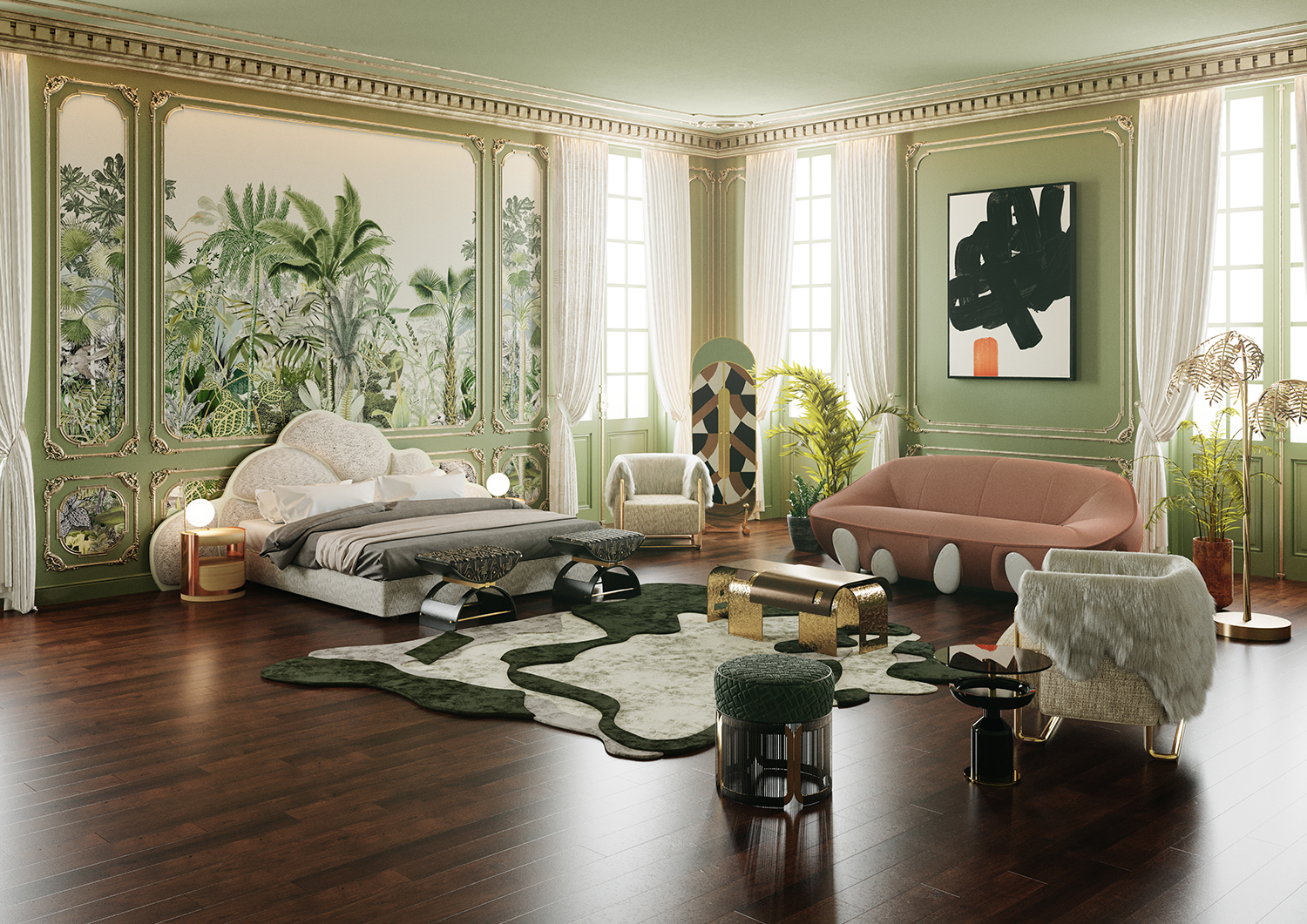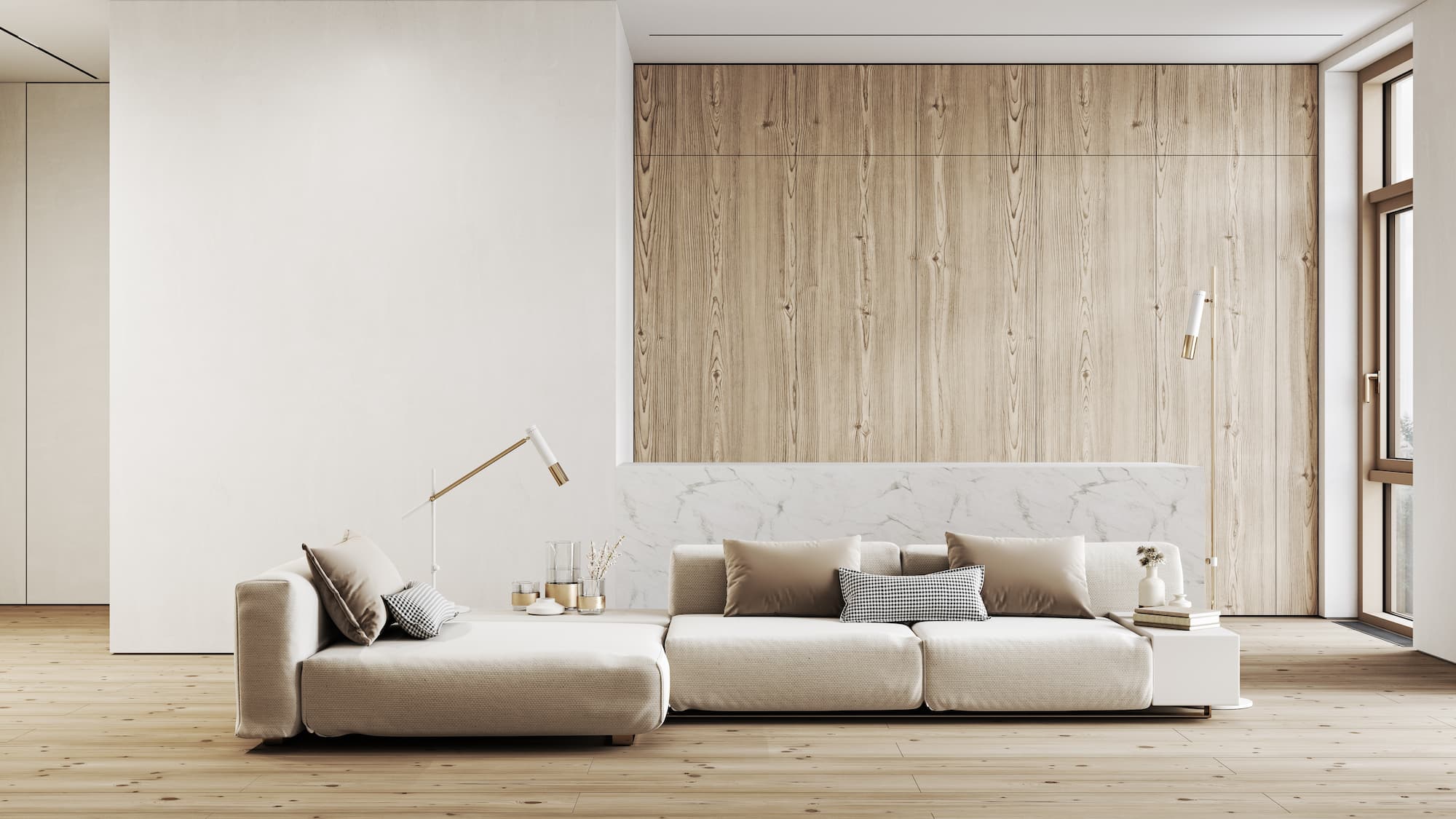Change Your Home With Necessary Principles of Interior Decoration and Aesthetic Appeals
The art of transforming your home through the essential concepts of interior layout and appearance calls for a thoughtful method that harmonizes shade, balance, and spatial awareness. By understanding the effect of color concept and the significance of appearance and patterns, one can create areas that are not just visually attractive however likewise deeply individual. Accomplishing this balance entails greater than simple design; it includes a strategic setup and an eager understanding of how each component engages within an area. As we discover these foundational principles, take into consideration exactly how they could redefine your understanding of home and personal expression.
Recognizing Shade Concept
Shade theory is an essential facet of indoor layout that significantly influences mood, perception, and general aesthetic. Comprehending the principles of color theory enables designers to create spaces that resonate emotionally with residents while satisfying practical demands (miami luxury interior design). Colors can be categorized into 3 key kinds: primary, additional, and tertiary. Each group plays an important duty in developing harmony within a room.
The psychological impact of shades is profound; warm hues such as reds and oranges evoke power and heat, while great tones like blues and environment-friendlies advertise calmness and serenity. Moreover, making use of complementary shades improves aesthetic rate of interest, creating striking contrasts that can boost a space's appeal.
Neutral shades, on the other hand, offer as a versatile background, allowing other layout aspects to beam. It is important to think about factors such as lighting and the space's purpose when choosing a shade palette, as these can change the assumption of colors throughout the day.
Inevitably, a well-considered color pattern can transform an area, cultivating a sense of convenience and design that aligns with the inhabitants' choices. Proficiency of color theory is, as a result, a vital ability for any kind of interior designer intending to produce unified and inviting atmospheres.
Achieving Equilibrium in Layout
Exactly how can developers achieve a feeling of equilibrium in their rooms? Accomplishing balance in style is essential to developing unified insides. Designers can utilize three main kinds of balance: symmetrical, unbalanced, and radial. Balanced equilibrium entails organizing components evenly around a main factor, cultivating a feeling of order and peace. This kind often features sets of furnishings or art work, improving visual stability.
Asymmetrical equilibrium, on the various other hand, depends on differing components that still achieve a cohesive look. This strategy enables even more dynamic and casual plans, supplying interest while preserving equilibrium. By very carefully selecting differing dimensions, colors, and appearances, developers can develop an aesthetically engaging area that feels balanced yet energetic.
Radial equilibrium highlights a central prime focus with aspects emitting external. This style is frequently seen in round formats, where furniture and design produce a cohesive surround that draws the eye inward.
Ultimately, achieving equilibrium calls for thoughtful factor to consider of scale, proportion, and the partnerships between elements. miami interior design. By skillfully using these balance principles, developers can transform areas right into settings that really feel both aesthetically pleasing and functionally harmonious, enhancing the general experience for occupants
Importance of Spatial Recognition

A keen sense of spatial understanding permits designers to recognize prime focus within an area, assisting the viewer's interest to key features while keeping a total sense of unity. It likewise assists in the tactical positioning of lighting, which can significantly affect the understanding of area and mood. Furthermore, recognizing spatial connections allows the developer to accommodate the particular needs of occupants, guaranteeing that each location offers its designated objective without endangering visual appeals.
Eventually, spatial understanding is vital for taking full advantage of the potential of any kind of indoor area. By carefully taking into consideration the interaction between measurements, layout, and feature, designers can produce environments that not only fulfill functional demands but additionally stimulate a sense of comfort and elegance, improving the overall living experience.
Including Structure and Patterns
Embracing a varied variety of structures and patterns can significantly boost the aesthetic and responsive charm of an interior space. The tactical usage of numerous products-- such as timber, steel, fabric, and stone-- creates deepness and interest, making an area feel more welcoming and dynamic. For circumstances, integrating smooth surface areas with rough other appearances can establish an equilibrium that draws the eye and engages the detects.
When incorporating patterns, think about both range and repetition. Huge patterns can serve as focal points, while smaller, refined styles can enhance other elements without frustrating the area. Layering patterns, such as pairing flower cushions with candy striped tosses, includes complexity and a sense of harmony if executed thoughtfully.
It is additionally critical to preserve a cohesive shade combination, guaranteeing that textures and patterns interact instead of contend for interest. By selecting a couple of essential textures and patterns, you can develop a combined aesthetic that mirrors your personal design while improving the total atmosphere of the room. Eventually, the careful incorporation of these aspects can transform an ordinary space right into a sophisticated setting rich with personality and warmth.
Individualizing Your Space
Creating an area that mirrors your character is essential to accomplishing a truly inviting setting. Personalization in indoor design enables you to infuse your special style and rate of interests into your home, changing it from a mere sanctuary into a shelter that speaks to who you are. Begin by choosing a shade combination that resonates with your feelings-- vibrant hues can invigorate, while soft tones supply peace.
Include art work and style that mirror your enthusiasms, whether it be traveling, nature, or abstract principles. Presenting personal collections, such as books, pictures, or mementos, can stimulate treasured memories and produce prime focus within a space. In addition, think about tailoring useful pieces, like upholstered furnishings, to line up with your aesthetic choices.

Conclusion
In verdict, the makeover of a home via the essential concepts of interior decoration and visual appeal necessitates a comprehensive understanding of color theory, equilibrium, spatial understanding, appearance, and customization. Each element adds considerably to creating an unified and functional living setting - miami interior design. By attentively integrating these principles, people can improve the aesthetic appeal and psychological resonance of their rooms, ultimately promoting a home that mirrors distinct identifications while offering convenience and practicality